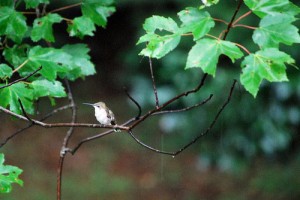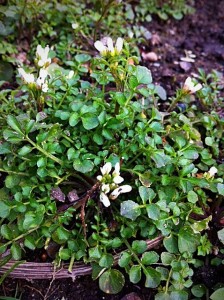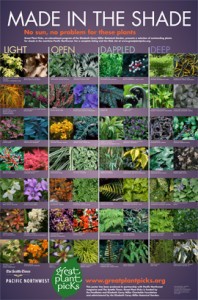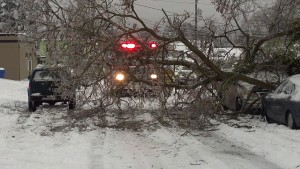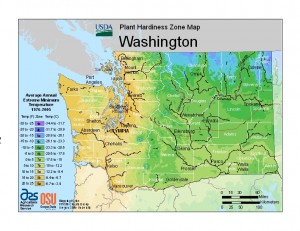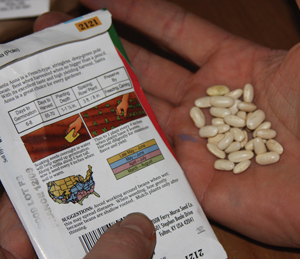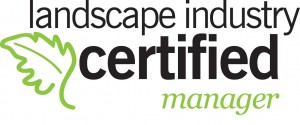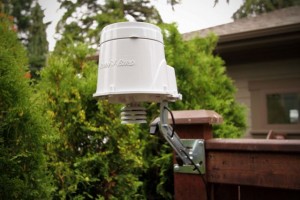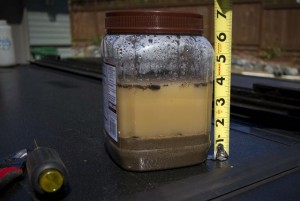Common mistakes people make when planting landscape plants
Posted on March 3rd, 2012 by Andy
When we renovate landscapes, we often find basic errors people make when they install new plants. Planting is one of the most important steps to helping a shrub, tree or other plant grow.
Here are some of the common mistakes we see:
Mistake #1: Planting in poorly-drained soil. This is a kiss of death for many plants, though not all. Some plants can tolerate “wet feet” better than others (such as rhododendrons and azaleas), but most require well-drained and well-aerated soil to get off to a good start. Plants that have been installed in soil that doesn’t drain well will have a hard time surviving in your landscape, no matter how much TLC you give them. How do you know that the soil drains well? The soil should drain quickly, about 1/2 inch or 1 inch of water an hour. If you’ve got hard, compacted clay soil, like many areas of Seattle, it may be better to install the plant in a raised bed or mound. The raised bed or berm should be at least 8 inches high and at least 4-feet wide for a shrub or 8 feet wide for small ornamental trees.
Mistake #2: Digging a hole that’s too shallow, too wide or too deep. When you plant, dig a hole that is only deep enough for the top of the root ball to be at or slightly higher than the soil line. The width of the hole should be two or three times the diameter of the root ball. For large, bare-root, balled, or burlaped plants, make the hole at least one foot wider than the diameter of the root ball.
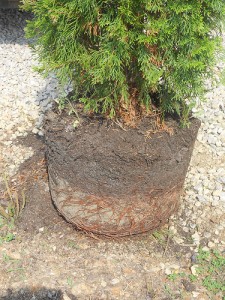
Flickr photo by cbb4104 via Creative Commons License
Mistake #3: Not taking care of roots before you install in the planting hole. Many plants that you buy at the nursery are grown in containers, and their roots often grow long and in a circle. If you put the plant into the ground without spreading out the roots, its roots will keep growing in a circle, making it harder for nutrients and water to get from the roots to the plant’s leaves and stems. It’ll also make it harder for the plant to anchor itself. Make sure you pull out the roots and spread them. If the roots are fibrous and soft, this can be done easily by crumbling some of the soil. If the plant or tree is root-bound, remove the root ball from the container and slice it through with a sharp knife or pruning shears; from top to bottom at least four different locations. Spread the circling roots out, and make sure they contact some of the backfill soil. Make sure you plant the tree immediately.
Mistake #4: Adding compost, fertilizer, or any organic amendment to fill in your planting hole. Research has show that adding organic amendments in backfill when you plant isn’t beneficial compared to using the native soil you removed. Compost is usually beneficial, but when used in the planting hole it could increase the risk that the shrub, tree or plant will lean or sink. Doing so also will encourage the roots to remain in the planting hole rather than spreading out into the surrounding soil. It’s best to incorporate compost or other organic matter uniformly throughout the plant’s root zone rather than placing it in the planting hole.
Please contact Ecoyards if you’d like help installing new plants in your garden.
Filed under: Seattle Landscape Maintenance | Permalink | No Comments
